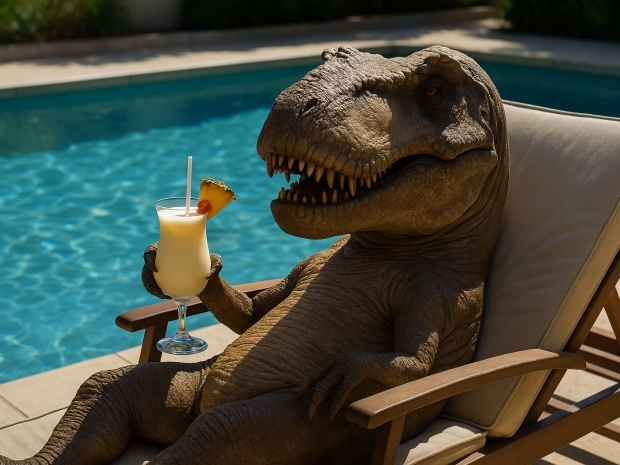BOE, which produces about 30 per cent of the world’s LCD panels, first showed off its Winning Display 1Hz technology last year, promising to slash power use by 65 per cent.
It works like this: if a screen is showing something static, there’s no need to refresh it 60 times a second. Dropping the rate to a single hertz saves energy without turning the picture into a slideshow.
Intel says it will deploy the 1Hz Refresh Rate system alongside two new power-saving display technologies. The company insists that its clever algorithms will balance image quality with efficiency, letting users enjoy long battery life without staring at a dull, laggy screen.
Intel’s PC ecosystem vice president and general manager Todd Lewellen said the two firms had a long history of working together.
“We will promote the development of display technology and solutions by pioneering more usage models, and jointly improve the PC user experience,” he said.
The partnership includes Intel’s Multi-Frequency Display technology, which uses AI to identify what the laptop is doing and then adjusts the refresh rate in real time. The system coordinates between the operating system, Intel’s graphics drivers and the display panel to slow down or speed up as needed. A static desktop will run slower, while a video or a game will automatically boost the rate to keep things smooth.
Chipzilla’s other party trick, SmartPower HDR, manages the display’s voltage depending on brightness levels. HDR normally chews through batteries by lighting up the screen like a Christmas tree, but SmartPower HDR dims dark areas automatically to cut power draw. The company gave a preview of this at its Tech Tour earlier this year.
BOE’s general manager for its laptop business Meng Xiangxing said the collaboration had produced solid results.
“The solution jointly created by the two parties not only reduces notebook power consumption but also improves visual clarity and adaptability, achieving a balance between energy efficiency and excellent experience,” he said.
The two companies said the new technologies would appear in laptops using Intel platforms from 2026, with both pushing for wide adoption.




